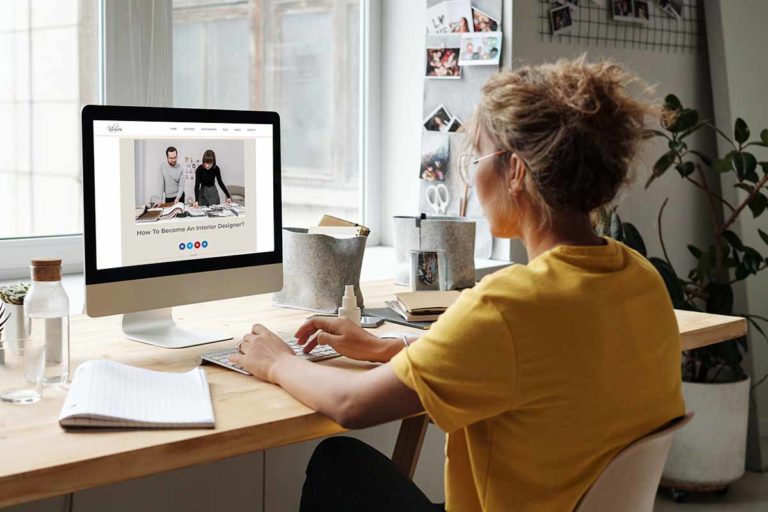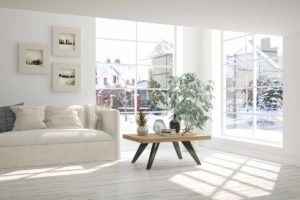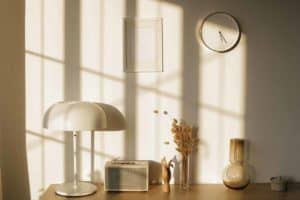Are you a creative soul with a passion for transforming spaces and creating stunning interiors? Have you ever dreamed of combining your love for interior design with the freedom and flexibility of working remotely?
In today’s rapidly evolving job market, remote work opportunities are becoming increasingly prevalent, and the world of interior design is no exception. The allure of being able to work from anywhere while still pursuing a career in interior design is undoubtedly enticing, but how does one go about finding their dream remote job in this field?
In this article, we will explore the exciting realm of interior design jobs and provide valuable insights into how you can uncover the perfect remote position that allows you to unleash your creativity from the comfort of your own home or wherever your wanderlust takes you.
So, if you’re ready to embark on an exhilarating journey towards finding your ideal remote interior design job, then read on as we unravel the secrets to making this dream a reality.
Interior Design Jobs Pros and Cons
Remote job opportunities have steadily gained popularity for their flexibility and convenience. One of the most significant pros is the ability to work from the comfort of one’s home, avoiding long commutes and office politics.
This arrangement also allows individuals to create a personalized work environment, leading to increased productivity and job satisfaction.
However, remote work can also lead to feelings of isolation and lack of connection with colleagues. It requires strong self-discipline and time management skills to stay focused amidst potential distractions at home.
Furthermore, remote jobs provide a unique opportunity for professionals to achieve better work-life balance, as they can better manage personal commitments while still meeting professional responsibilities.
On the other hand, it may be challenging for some individuals to separate their home life from work life, leading to boundary issues and burnout.
Ultimately, while remote jobs offer substantial benefits such as schedule flexibility and reduced commuting stress, they also require individuals to adapt effectively in order to overcome challenges associated with isolation and maintain a healthy work-life balance.
Skills and Qualifications for Remote Interior Design Jobs
When it comes to pursuing remote interior design jobs, possessing a diverse skill set and qualifications is key to standing out in the competitive job market.
Beyond having a strong eye for aesthetics and spatial awareness, remote interior designers should also be adept at leveraging digital tools and software such as AutoCAD, SketchUp, and Adobe Creative Suite. Proficiency in creating 3D visualizations and mood boards can truly elevate your portfolio and demonstrate your ability to work remotely without compromising on quality.
Furthermore, effective communication skills are paramount for remote interior designers as they often collaborate with clients and team members virtually.
Being able to articulate design concepts clearly through written communication and virtual presentations can make a significant difference in conveying the vision for a project.
Additionally, having experience in management or an understanding of scheduling and budgeting can showcase your capability to handle remote interior design projects with efficiency and professionalism.
Finding Remote Interior Design Jobs Online
In today’s digital age, remote interior design jobs have become increasingly accessible, providing ample opportunities for professionals to showcase their talent and creativity from the comfort of their homes.
Platforms such as Upwork, Fiverr, and Freelancer have revolutionized the way interior designers connect with clients worldwide, offering a plethora of projects ranging from residential makeovers to corporate office designs.
Additionally, social media has emerged as a powerful tool for freelancers to display their portfolios and attract potential clients.
By utilizing platforms like Instagram and Pinterest, interior designers can build a strong online presence and establish themselves as reputable professionals in the industry.
Furthermore, networking within online interior design communities can significantly increase one’s chances of finding remote job opportunities.
Websites such as Houzz and Decorilla not only provide job listings but also foster connections with fellow designers and potential clients. Engaging in discussions, sharing expertise, and seeking advice within these communities can lead to valuable references or direct job offers.
Additionally, creating a well-crafted personal website can act as an online portfolio and serve as a hub for potential employers or clients to discover your work and contact you for remote projects.
With the ever-expanding reach of the internet, talented interior designers now have unprecedented access to global job opportunities right at their fingertips.
Navigating Virtual Interviews and Portfolio Submissions
As the world moves towards remote work, virtual interviews and portfolio submissions have become essential for interior designers seeking job opportunities.
Navigating this digital landscape requires a strategic approach to showcasing your skills and experience. Utilizing high-quality video conferencing platforms, such as Zoom or Microsoft Teams, can help create a professional impression during virtual interviews. Ensuring a well-lit and clutter-free environment will also enhance the visual appeal of your virtual presentation.
When it comes to portfolio submissions, creating an easily accessible online portfolio is crucial. Platforms like Behance or Adobe Portfolio offer sleek interfaces to display your work effectively.
Additionally, tailoring your portfolio to each opportunity by emphasizing relevant projects and case studies can make a significant impact on potential employers.
Embracing the digital nature of these processes allows interior designers to adapt and thrive in the evolving job market landscape.
Networking and Building a Remote Client Base
Networking and building a remote client base are critical components for interior designers looking to establish successful careers from home. With geographical barriers becoming increasingly inconsequential, the ability to network effectively with potential clients and industry professionals is more important than ever.
Utilizing social media platforms, participating in online design communities, and attending virtual design events can help expand your professional network.
Building a remote client base involves mastering the digital landscape. Establishing an impressive online portfolio showcasing previous projects, having a user-friendly website with clear contact information, and leveraging digital marketing strategies can significantly impact your ability to attract remote clients. Additionally, offering virtual consultations and flexible communication options can enhance the client experience while demonstrating your adaptability in serving remote clients effectively.
By prioritizing networking efforts and optimizing digital presence for remote work, interior designers can cultivate a thriving client base despite physical distance
Conclusion: Embracing Remote Interior Design Jobs Flexibility
In conclusion, the remote interior design industry offers a unique opportunity for professionals to embrace newfound flexibility in their careers.
As technology continues to advance, designers can now collaborate with clients from around the world without being limited by geographical boundaries. This shift towards remote work allows for increased creativity and innovation as designers are inspired by diverse cultural influences and perspectives.
Embracing the flexibility of remote interior design opens up doors to new possibilities and challenges traditional norms in the industry. Designers have the freedom to curate their work environment, whether it’s at home, a co-working space, or while traveling.
This adaptability fosters a more dynamic and fulfilling lifestyle that not only benefits designers but also enhances their ability to deliver exceptional results for clients on a global scale.
Overall, this convergence of technology and creativity paves the way for an exciting future in remote interior design.











